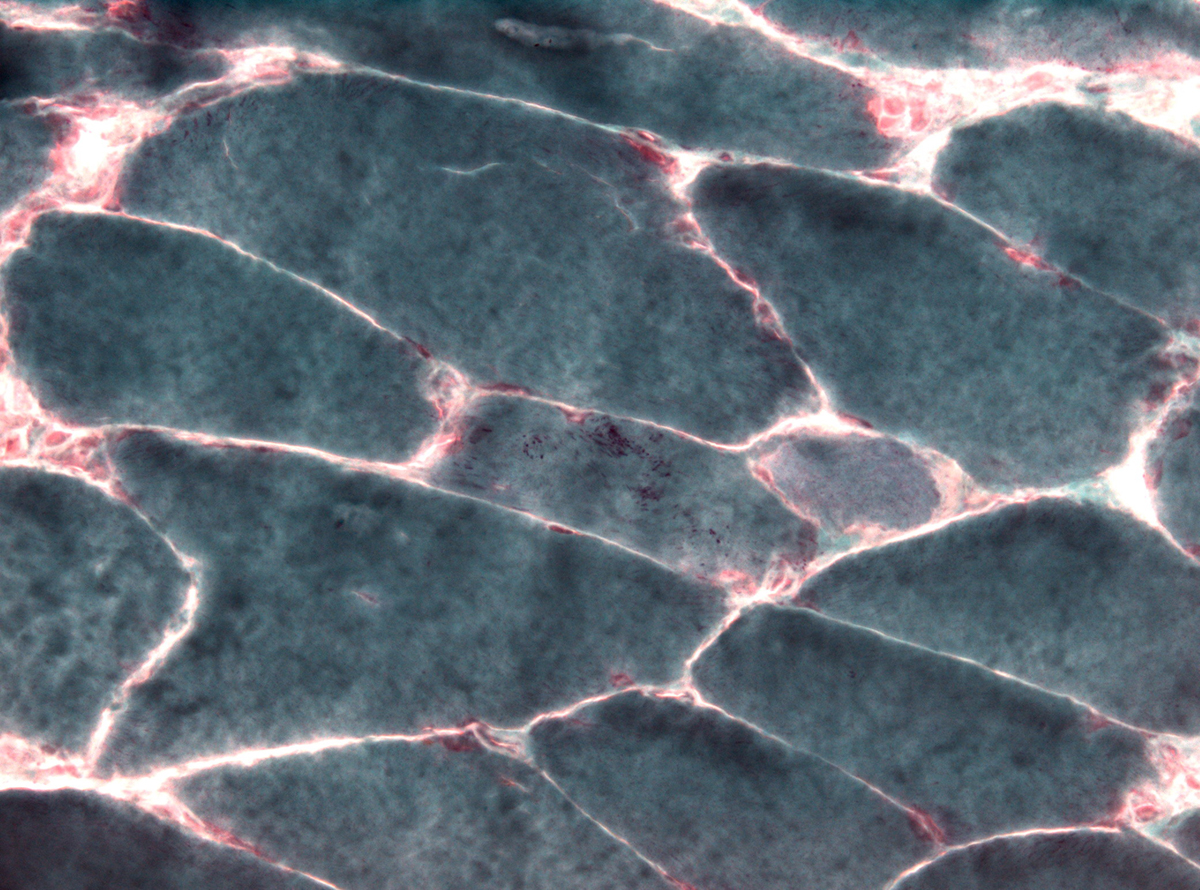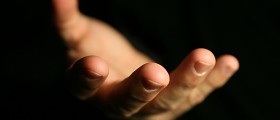
What is Myopathy?
Myopathy is the disease of the muscles in which the fibres inside the muscles are not performing as they should, resulting in spasms, aching, and inflexibility. Myopathy can be neuromuscular or musculoskeletal. The potential causes of muscle disease are numerous, and in many cases include thyroid gland problems, genetic disorders characteristic of the muscles, infections, and injury or trauma. There are some autoimmune disorders that will aggress toward the muscles. Individuals suffering from myopathy have difficulty getting up, climbing a flight of stairs, or reaching for objects that are above their heads. Such problems are produced from shoulder, hip, and neck muscle aches typical for myopathy. Other less common symptoms include throat muscle pain, which causes problems when swallowing, shortness of breath, and coughing. Some of the relatively common kinds of myopathy include polymyositis and dermatomyositis. Inflammation of the muscles that causes the feeling of fragility is termed polymyositis, while the dermatomyositis is the inflammation of the muscles that produces a rash on the skin. The weakness is in many instances induces by various types of medications. The rash produced by the dermatomyostis is usually present on the face, the fingers, and the elbows. In some instances, individuals with the latter condition may also have a lung disease, while children who suffer from it are known to be affected by blood vessels inflammation as well. Inflammatory myopathy is a condition in which a person's defense system invades the muscles.
Types of Myopathy
The types of myopathy are numerous, and they all have their own distinctive features. For instance, congenial myopathy is characterized by limited expansion of the muscles. Some subtypes of congenial myopathy include mitochondrial myopathy, which is a disorder of the power source of the muscles. Another subtype is the nemaline myopathy, which causes weakness of the muscles and is in most cases non progressive. Problems with the metabolism can also lead to muscle problems, or metabolic myopathy. Other than the congenial myopathy, there are many other types of the disease. One of them is muscle dystrophy. Unlike nemaline myopathy, muscle dystrophy is a progressive disorder characterized by a loss of function in the muscles over the course of time. Individuals suffering from muscle dystrophy are eventually wheelchair bound, while many die as a result of breathing problems. Further, glucocorticoids, a kind of steroid hormones, are known to encourage myopathy. Such type of myopathy is characterized by the deterioration of the fibres in the muscles. The symptoms of the glucocorticoid myopathy are similar to those of other related muscles illnesses and include difficulty when getting up, having trouble lifting arms, and generally feeling weak. There has been a decent amount of research conducted to test for various medications that could reverse the process of muscle degradation produced by the glucocorticoids, and some drugs which proved to have positive effects are glutamine and testosterone. However, the research has only been done on animals, and so far no such tests have been performed on humans. In addition, the inflammatory kinds of myopathies are relatively infrequent, and are known to affect women more often than men, while all types of ethnic groups are equally prone to inflammatory myopathy. Finally, the cause of myopathy is unknown, but it is believed that the problems with the immune system lead to muscle disorders. How Are Myopathies Diagnoses?
If an individual complains of an inability to perform functions that depend upon muscle stamina, a muscle strength test will be administered to conclude whether the weakness is caused by a muscle disorder. A medical care provider will ask for a blood test and an MRI scanning as well. In general, diagnosing myopathies is not a daunting task but it requires a lot of information on the part of the patient to allow the medical care provider to rule out any other disorders that are causing the muscle weakness.
How Are Myopathies Treated?
As is the case with any other kind of medical problem, the treatment depends on the underlying cause of the disease, which in the case of the myopathies varies widely. Some therapy options will focus on reducing the symptoms while others will aim their attention at defining and dealing with the cause. Therapy options for patients suffering from most types of myopathies include massages, reparative surgery, acupuncture, and pharmaceutical as well as physical therapy. Further, the polymyositis and dermatomyositis are both treated with drugs fairly successfully, but when it comes to the inclusion body myositis there is no proven kind of treatment. On the other hand, physical activity is crucial for any kind of myopathy, and in the case of individuals whose mobility is severely reduced there are various kinds of motion exercises administered by a physical therapist that should be included in the course of treatment. Individuals who are experiencing myopathy around the throat muscles and as a result have trouble swallowing should only eat adequately made foods and should not be eating while lying down.
















Your thoughts on this
Loading...